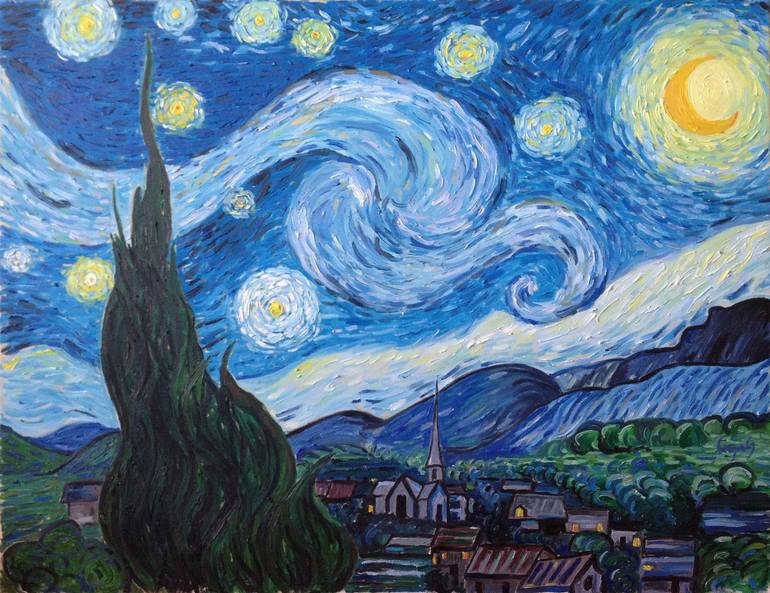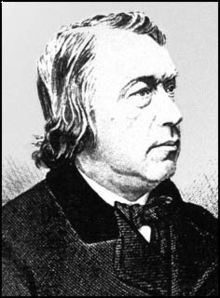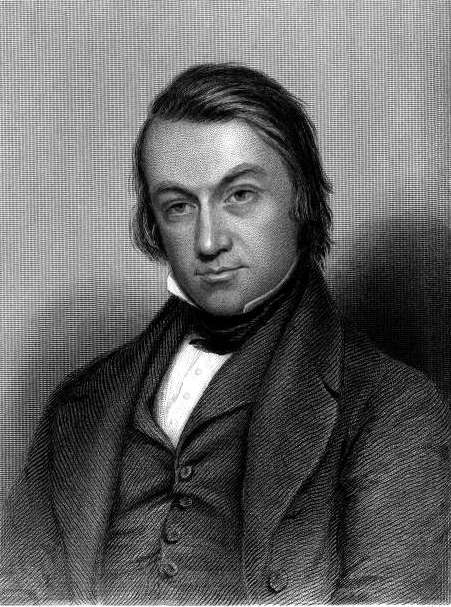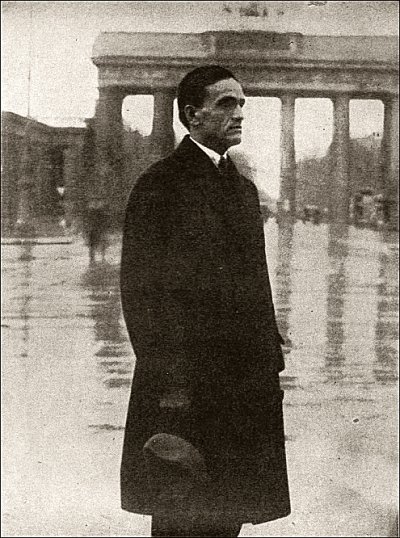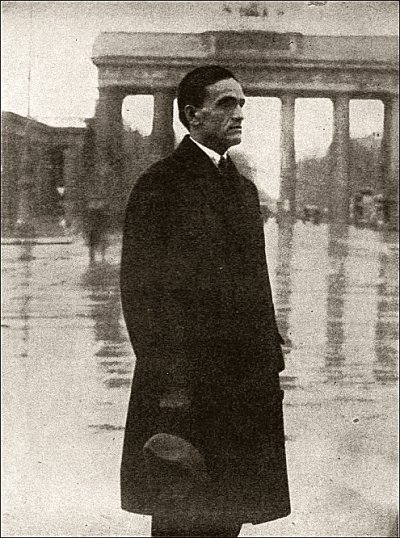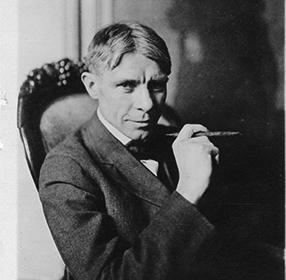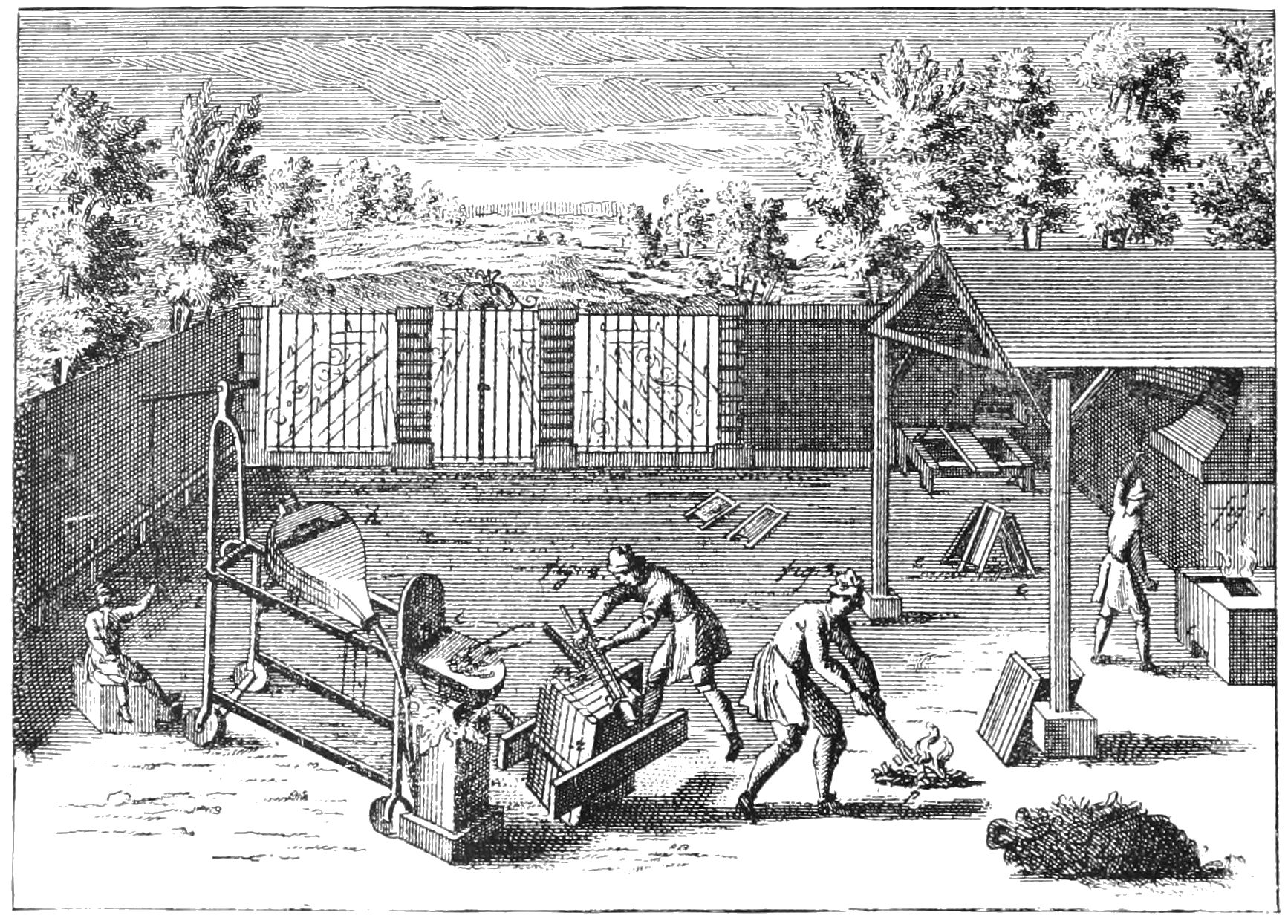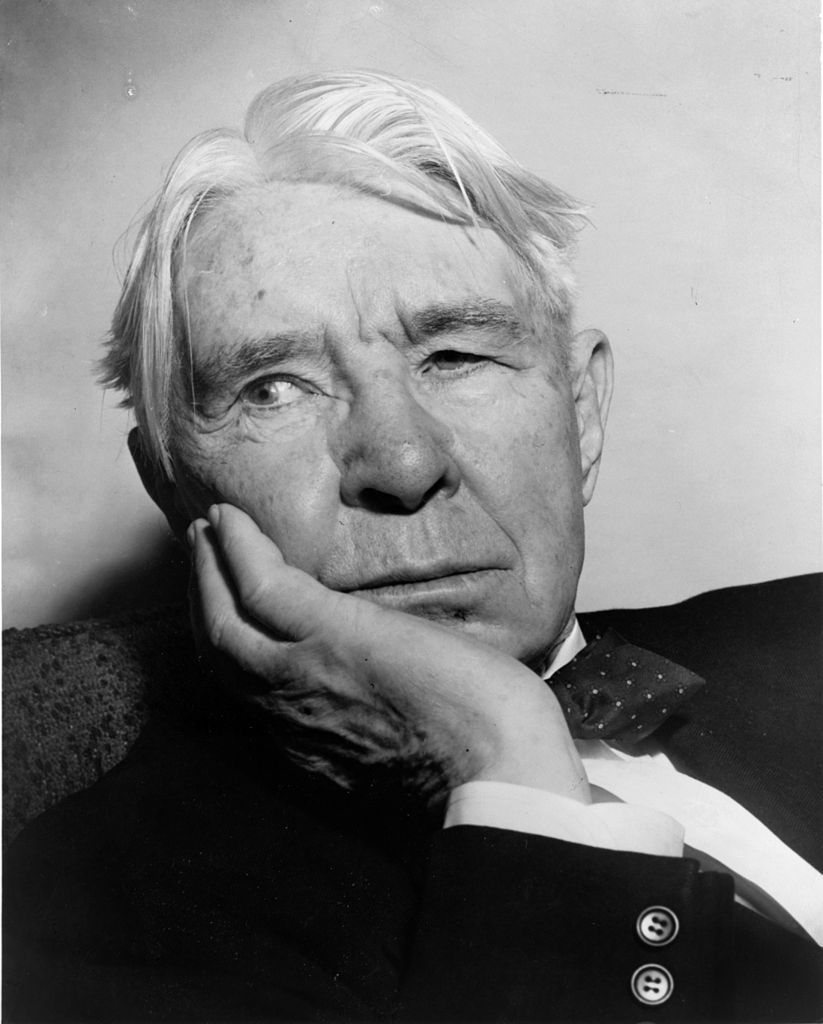The poem ‘The Bluebird’ by Charles Bukowski conveys the message that despite the hard exterior, inside a man, there is a persona filled with sentiment and emotions. Men’s great vulnerability is oppressed under the social structure where tears are a weakness and vulnerability is a disadvantage. Through the poem, Bukowski brings out the feeling of the deep corners of our hearts: breakable and sensitive.
Bluebird: About the Poet
Henry Charles Bukowski (born Heinrich Karl Bukowski; August 16, 1920 – March 9, 1994) was a German-born American poet, novelist, and short-story writer. His home city Los Angeles’ social, economic, and political background influenced his writing. His writing deals with the lives of poor Americans, the downtrodden of American society, alcoholism, relationship with women, the act of writing, and the drudgery of work.
Born in Germany and brought to the United States at the tender age of two, he had grown up seeing the society and culture of the US. Beaten by his father at the tiniest of offenses, bullied by boys of his own age, and later on, rejected by women due to his complexion, he was in misery.
Attending Los Angeles City College and dropping out during World War II, he went to New York with the endeavor of becoming a writer. In 1946, he gave up writing and thus followed ten years of no writing, which he called “ten-year drunk” in his autobiography. Ending near death in Los Angeles, Bukowski started writing again, though he would continue drinking and cultivating his reputation as a hard-living poet. He did not begin his professional writing career until the age of thirty-five.
Ham on Rye, Post Office, Dinosauria, We, Darkling, The Soldier, The Wife And The Bum, and Notes of a Dirty Man are some of his famous works.
He died of leukemia on March 9, 1994, in San Pedro, aged 73.
Bluebird: Setting
The poem is set at a time when Bukowski portrayed his philosophies over the portrayal of the rough and strong image of a man who might be vulnerable and breaking inside. As a tortured child during his childhood, he had learned to keep most of his emotions away from display, and that was how the mentality he had developed of showing a rough exterior.
However, with the passage of time, and the progress of his age, he learned that the soft and sentimental part of him is present: he had learned to acknowledge and accept it. With acceptance, he also knows that he keeps it hidden from the people around him but comes out during his solace. This depicts the agony of a man to bear the social stigma that ‘men do not cry.’
Bluebird: Poetic Devices
The poem is written in no rhyme scheme.
Imagery:
The bluebird is itself a symbol. The first few lines of the poem portray an image that the bluebird is a part of him, a part that is mostly untouched, untold to anybody else. Bluebirds are usually birds with frail feathers, and thus the poet creates an image of his vulnerable heart with the help of the ‘bluebird.’ Thus, he says:
“there’s a bluebird in my heart that
wants to get out
but I’m too tough for him,
I say, stay in there, I’m not going
to let anybody see
you..”
“there’s a bluebird in my heart
that wants to get out.”
As the poet says these, an image of bird cages and frantically trying to get out is created; this is imagery itself.
Symbolism:
The bluebird in the poem is a symbol of the sensitivity, vulnerability, softness, and tenderness of the soul. With the help of the bluebird, a bird with fragile wings, the heart’s fragile and softest emotions are brought forward.
Further, when the poet says:
“but I pour whiskey on him and inhale
cigarette smoke
and the whores and the bartenders
and the grocery clerks
never know that
he’s
in there.”
It stands for symbolism that he was an alcoholic and smoker, effectively spending time with the people belonging to the lower standards of the society, yet not revealing this soft part to anybody.
“and we sleep together like
that
with our
secret pact
and it’s nice enough to
make a man
weep”
This symbolizes that the heart and its sensitiveness are so tender that even men weep, contradicting the norms of society. This is where the magic of Bukowski’s poems lies.
Personification:
Bluebird is personified as the poet talks to him, asks him questions, pours whiskey on him, and makes a pact. The heart’s deepest sentiments, in the form of the bluebird, are wonderfully personified.
Alliteration:
“blow my book sales,” “make a man”: repeat /b/ and /m/sounds, respectively.
Repetition:
“there’s a bluebird in my heart that
wants to get out
but I’m too tough for him,”
This line is important and repeated in the poem to emphasize the poet’s acknowledgment of the bluebird.
Bluebird: Summary
The poem deals with Bukowski’s feelings about the deep vulnerability, a sensitivity that resides inside the heart of us humans. The poem starts with a monologue that a bluebird inside the speaker’s heart is subjugated by him even when it wants to get out. He doesn’t want anybody to see it.
He drinks and smokes to hide his emotions and the people around him, the clerks, the bartenders, the women he spends his nights with, nobody knows about the bluebird. More importantly, even though there is a bluebird and it wants to get out of him, he never shows it: that is, the emotions are forever hidden.
Thus he repeatedly says:
“there’s a bluebird in my heart,
that wants to get out
but I am too tough for him”.
He goes on to ask in an intriguing tone if the bluebird that his vulnerability wants him to face failures stop his rough image from promoting his work, from stopping the sales of his books. He is too clever to get him out.
Last but not least, sometimes at night, the bluebird comes out. He consoles himself, or rather his emotions stating that he acknowledges that it is still there but makes a secret pack that it shouldn’t make him cry because of society’s made-up rules that men shouldn’t shed tears or tears are a sign of weakness.
Bluebird: Analysis
The poem is a wonderfully woven creative piece that states that human emotions are delicately present in the sacred most corner of our hearts, blooming in full passion. Though these emotions want to come out, yet we suppress them to the best of our abilities. This is what even Bukowski had faced.
During his childhood, the torture from his father and the rejection from women had hurt him. But eventually, he bore that hurt and continued without expressing the feeling of pain.
However, as one slowly grows up, just like Bukowski, one realizes that the image one portrays to the outside world does not correspond to that of the vulnerability and the fragile tenderness of our heart. We portray to be stronger, which we aren’t. Drinking, smoking, and doing so many other harmful things, we distract ourselves from hiding these emotions when they overpower us and eventually deal with them in the darkness of the night without anyone’s presence.
This universal idea makes the poem so dear to our hearts.
Bluebird: Theme
The central theme deals with the delicate emotions residing in the deepest corners of our heart that struggles to come out. Along with it, the intimately associated theme of social norms needs to be broken. These social norms include “men do not cry,” and “crying is the portrayal of weakness.” These are the worst a human being can face.
The poem brings up the truth that we have to acknowledge these emotions and deal with them effectively rather than living in denial.
Bluebird: Tone
The tone of the poem is one of melancholy accompanied by a sense of guilty mixed with accusation. The feeling that society does not accept the ones who express themselves brings a sense of sadness, while the realization that we possess such feelings and are in denial of those brings a sense of guilt and accusation. Society must be accused, but we should be accused of accepting this system itself. A system of society where genuine emotions are lacking is unworthy of living.
The poem is blatant and has its own charm. The sense that the poem is talking of universal tender emotions brings the readers in agreement with the writer. Lastly, Bukowski’s soulful words have remarkably made the poem a significant piece of literature for the readers.
Updated by Anjali Roongta on 28th April 2023
Some online learning platforms provide certifications, while others are designed to simply grow your skills in your personal and professional life. Including Masterclass and Coursera, here are our recommendations for the best online learning platforms you can sign up for today.
The 7 Best Online Learning Platforms of 2022
- Best Overall: Coursera
- Best for Niche Topics: Udemy
- Best for Creative Fields: Skillshare
- Best for Celebrity Lessons: MasterClass
- Best for STEM: EdX
- Best for Career Building: Udacity
- Best for Data Learning: Pluralsight
